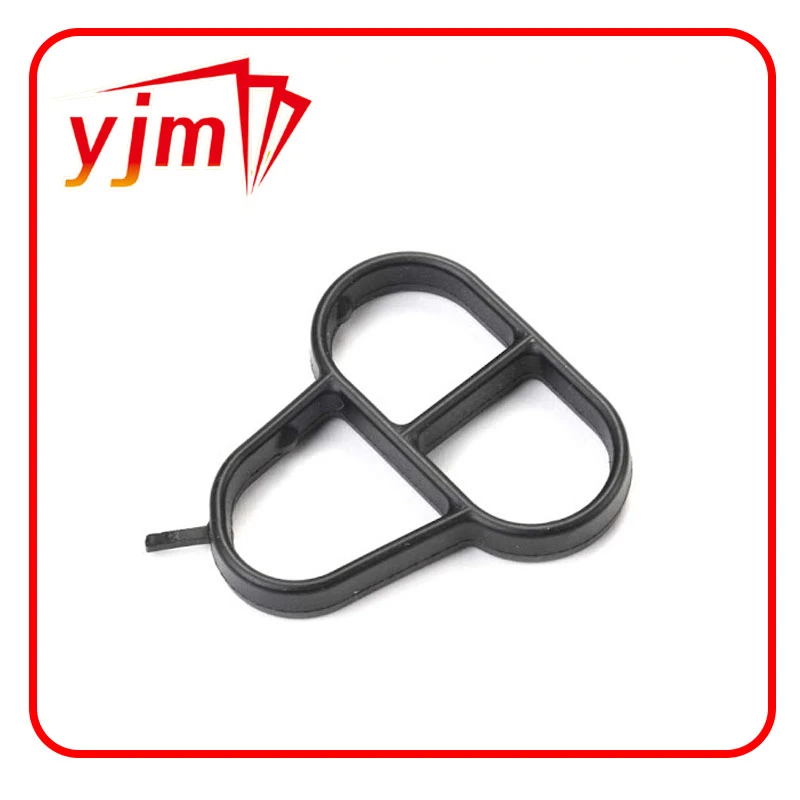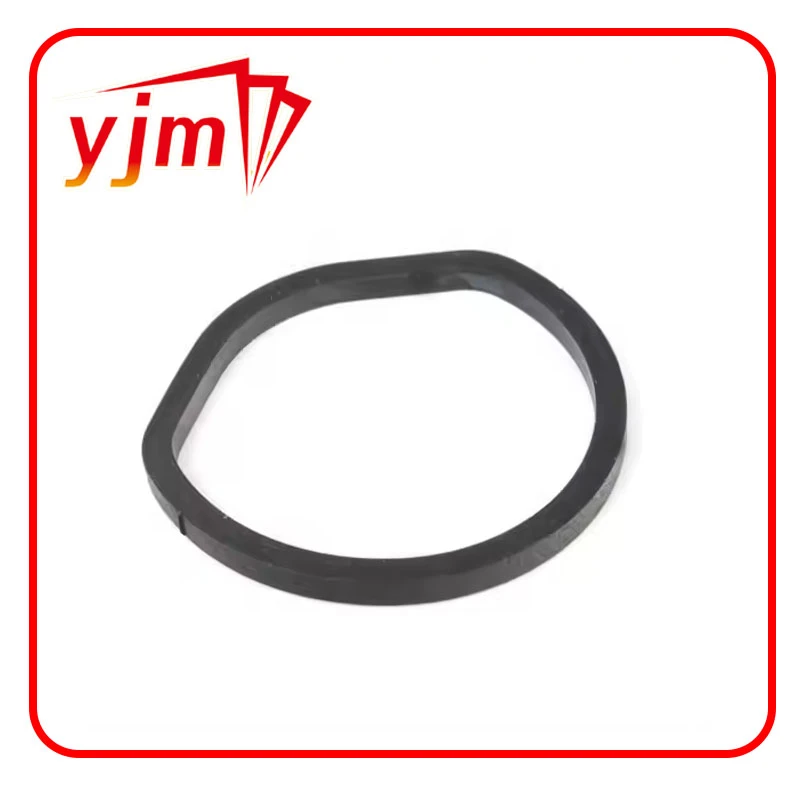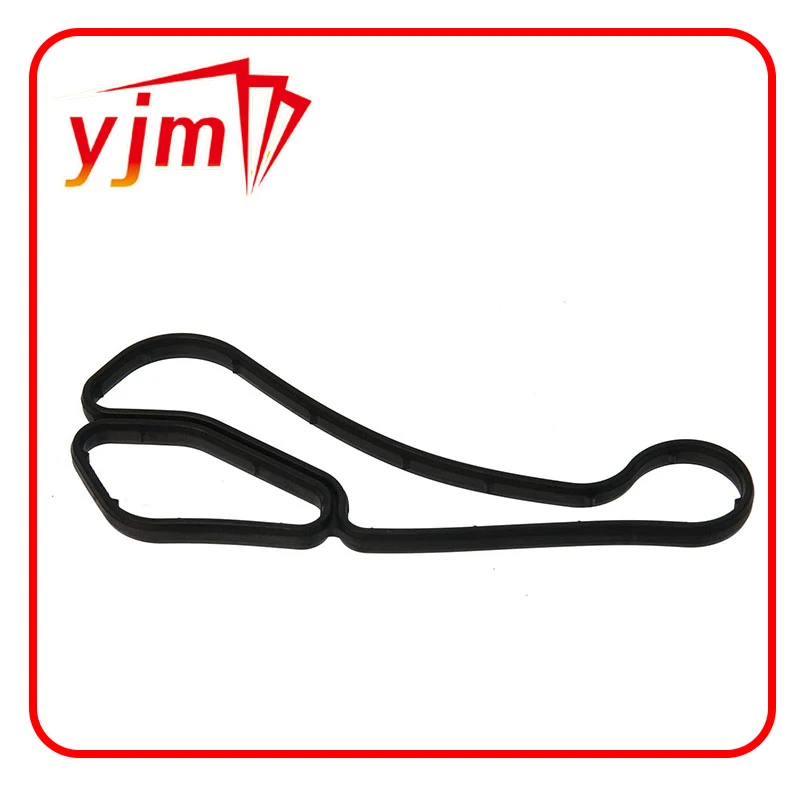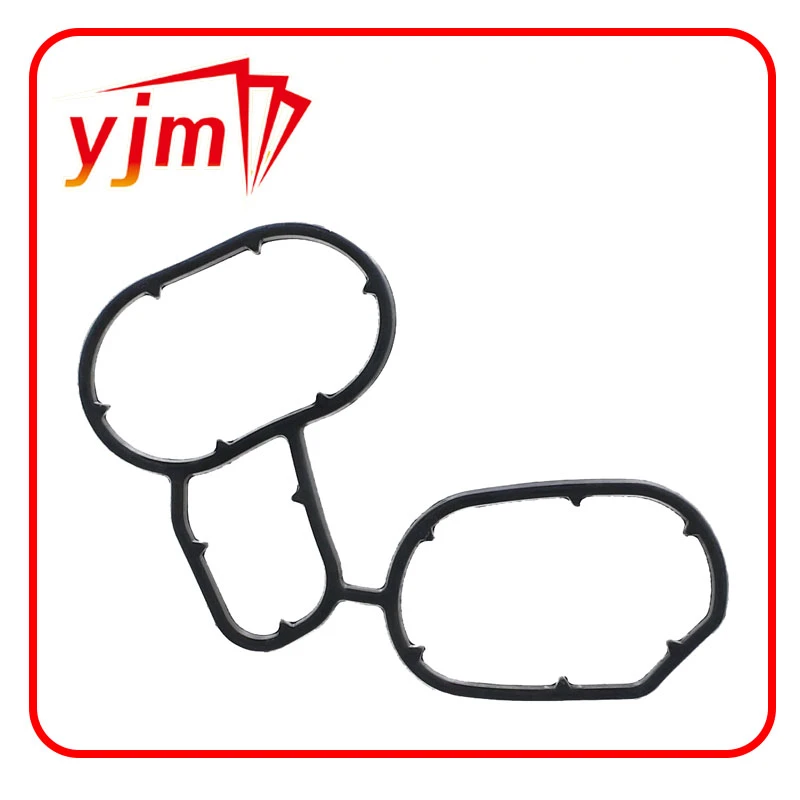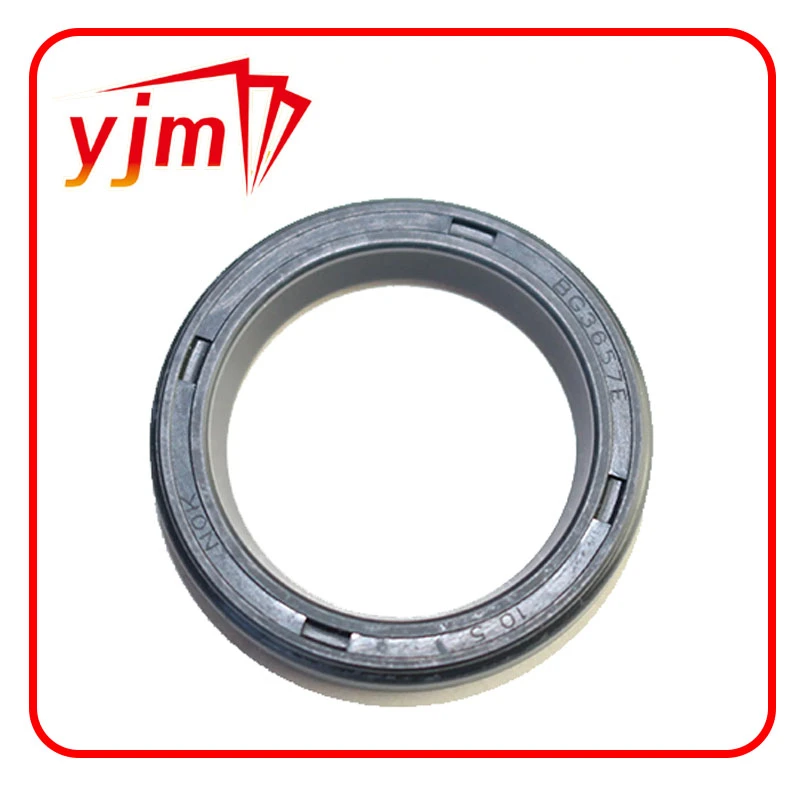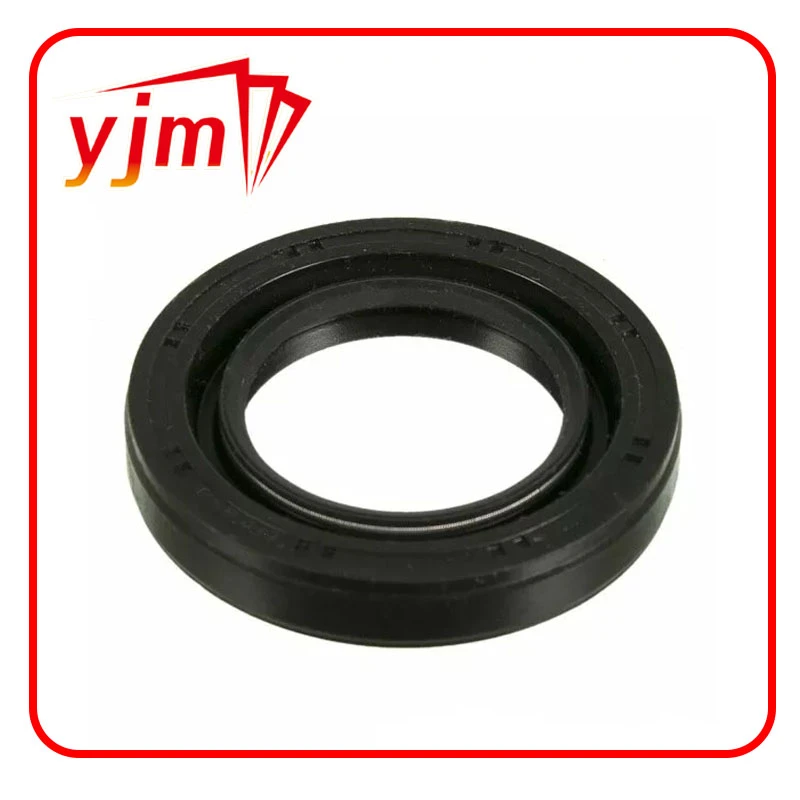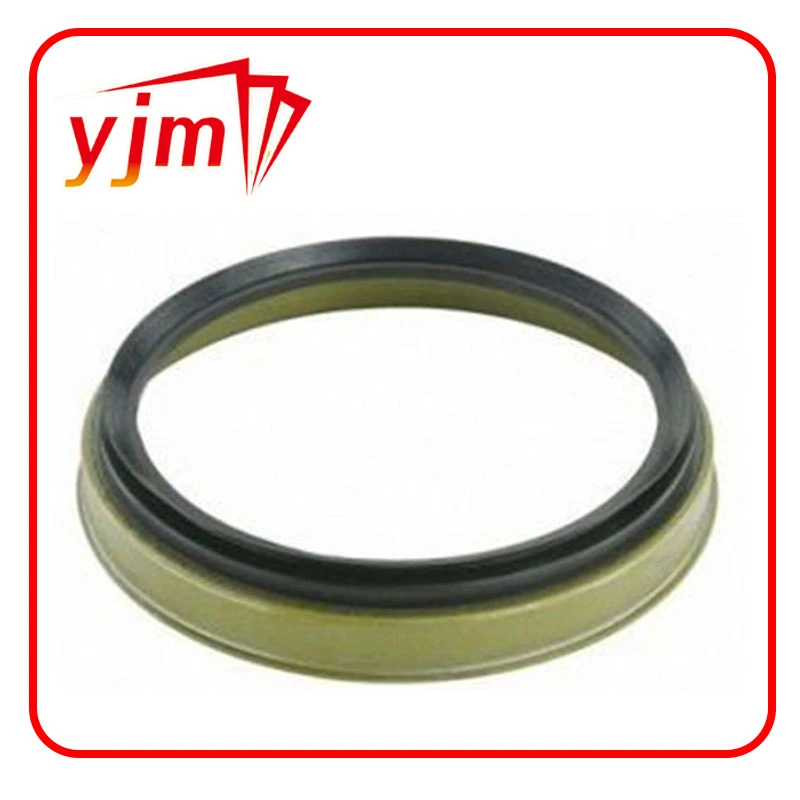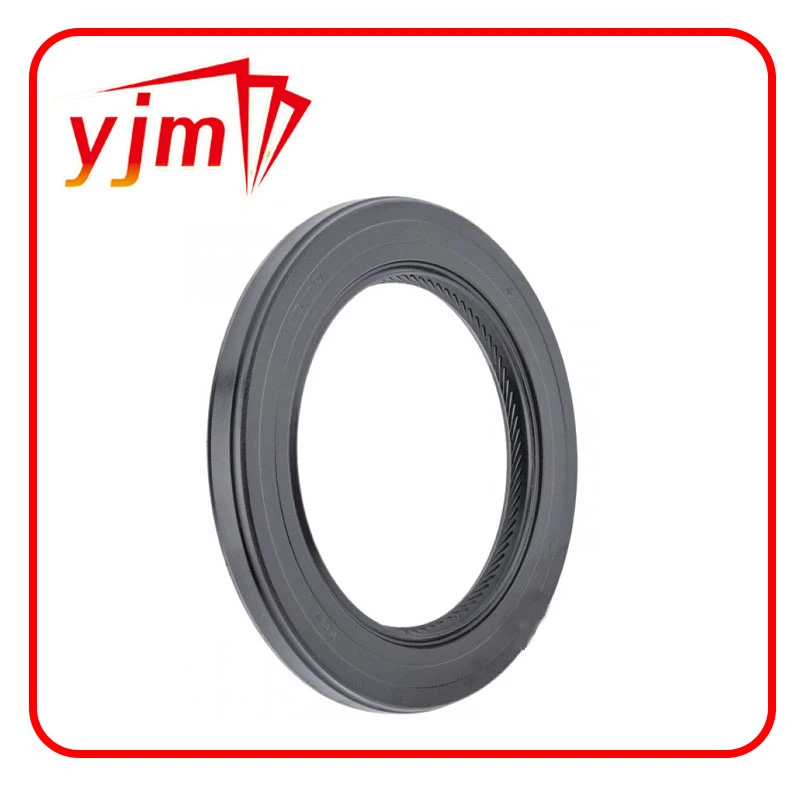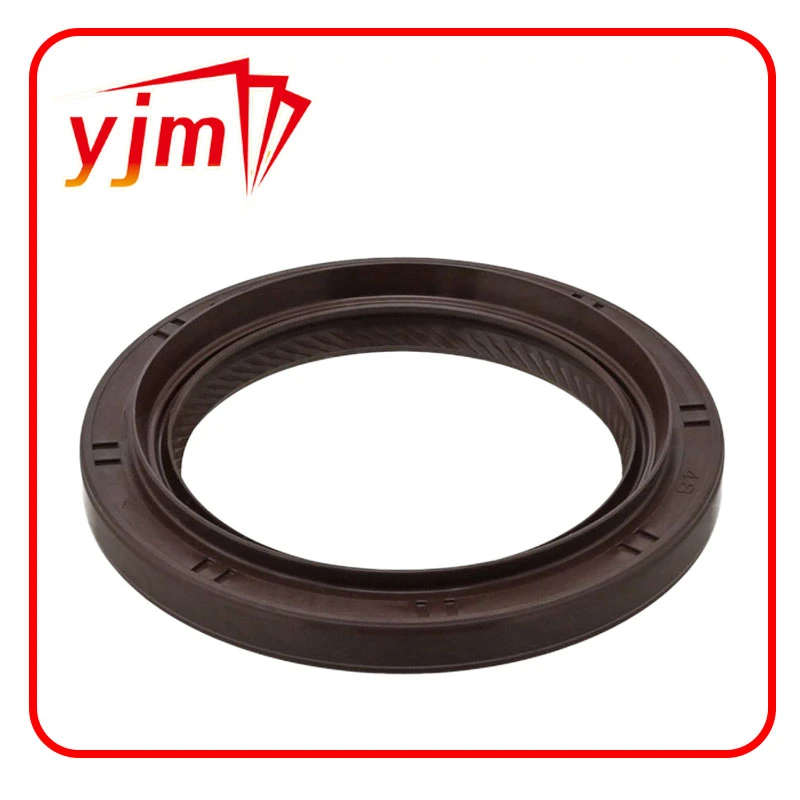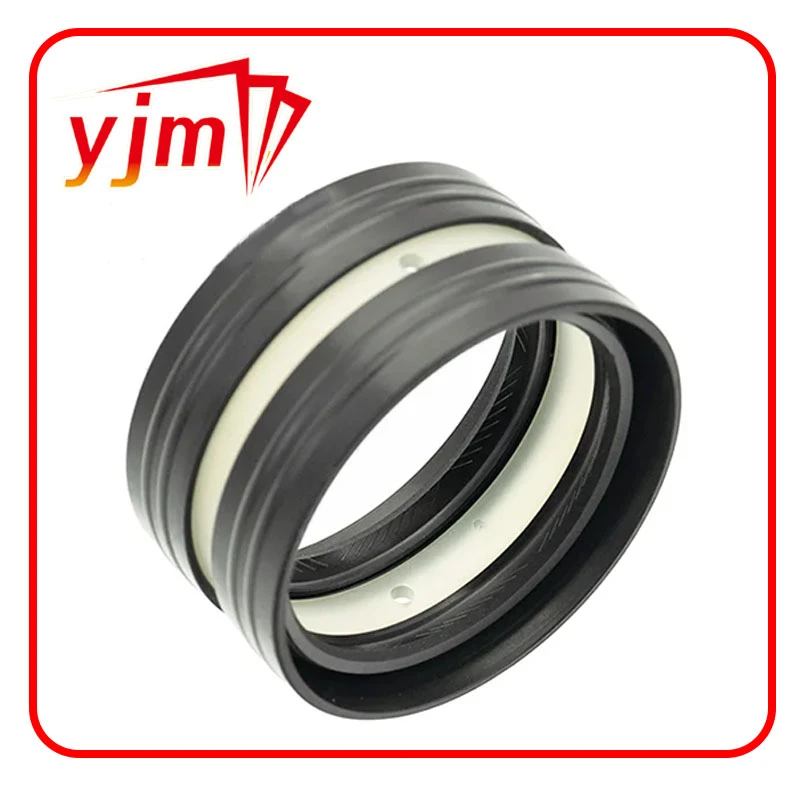Crank Oil Seals: Function, Failure Signs, and Replacement Costs
Your vehicle's engine depends on precise sealing to maintain performance and prevent oil loss. One critical component in that system is the crank oil seal—a small but vital part responsible for keeping engine oil contained at the crankshaft. If you're dealing with an oil leak around the crank pulley or wondering about crank oil seal price, this guide will walk you through everything you need to know.
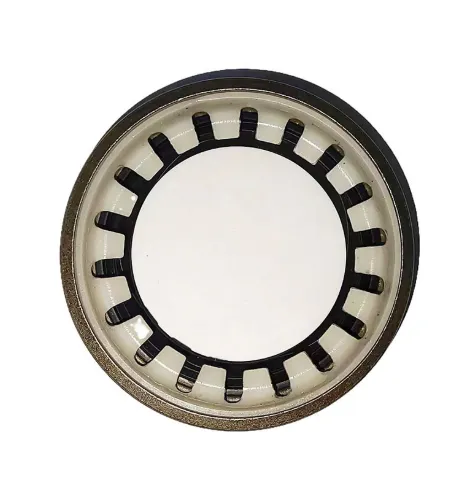
What Is a Crank Oil Seal and Why Is It Important?
The crank oil seal also known as a crank pulley oil seal or crank seal, is designed to seal the area where the crankshaft exits the engine block—both at the front and rear. It prevents crank oil from leaking while still allowing the crankshaft to spin at high speeds.
Most engines have two seals:
Front crank pulley seal: Located behind the harmonic balancer or crankshaft pulley.
Rear crank oil seal: Positioned where the crankshaft connects to the flywheel or flexplate.
While often overlooked, these seals prevent major problems. A leaking crank pulley seal can spray oil over belts and other engine components, causing slippage and long-term damage. The rear crank seal is even more critical—failure there can lead to clutch contamination or major oil loss.
Common Symptoms of a Failing Crank Pulley Seal
Because the crank pulley oil seal is near the engine’s front, it’s usually easier to spot problems early. Here are the top signs of a failing seal:
Oil spots on the driveway directly under the engine.
Oil on the crank pulley or surrounding belts.
Low oil levels with no visible smoke.
A faint burning smell (if oil hits a hot engine part).
In some cases, the seal failure can be mistaken for a leaking oil pan or valve cover gasket. That’s why inspection is key—often, mechanics will clean the area and use dye or UV lights to confirm the leak source.
If left unchecked, even a small leak from the crank seal gasket can lead to serious engine wear, especially if the crank oil level drops too low.
Crank Oil Seal Replacement: Price and Process
Replacing a crank pulley seal or rear crank oil seal can range from a simple repair to a labor-intensive job, depending on your engine layout. Here’s what affects the crank seal cost:
- Crank Oil Seal Price (Parts Only)
The actual crank oil seal price is relatively affordable:
Front crank pulley seal: $10–$40
Rear crankshaft seal: $20–$60
Crank seal gasket kit (if needed): $25–$100
Kits may include seals, gaskets, and wear sleeves.
- Labor Costs
Labor is where costs rise significantly, depending on engine design:
Front crank pulley seal replacement: $150–$350
Rear crank oil seal replacement: $500–$1,000 (due to transmission removal)
Labor is higher if other components (like the timing belt or harmonic balancer) must be removed. That’s why many owners replace the crank pulley seal during other engine services to save on labor.
Tip: If your vehicle is already getting timing work or a clutch job, that’s the perfect time to replace the crank oil seal at minimal extra cost.
Should You Replace It Yourself?
If you have mechanical experience, replacing the crank pulley seal is a doable DIY job for many vehicles. However, it often requires:
A crank pulley remover tool
Access to the timing cover
Torque specifications for reassembly
On the other hand, rear crank oil seal replacement involves removing the transmission—a much more complex task.
If you're unsure, it's best to have a trusted mechanic perform the work, especially if you're already investing in labor for other repairs.
The crank oil seal may be small, but it protects your engine from oil leaks that can lead to major problems. Watch for oil around the crankshaft area, and don’t ignore symptoms like staining, smells, or low oil levels. Replacing a failing crank pulley seal early is far cheaper than dealing with long-term engine damage.
While the crank oil seal price itself is low, crank seal cost can rise with labor—so timing the repair with other services is key. And always use high-quality parts, especially if you're replacing the crank seal gasket or front crank components.
-
Seal 12x20x5: Precision Radial Shaft Seals for Industrial Reliability
Akụkọ Nov.24,2025
-
Seal 12x18x5: Essential Guide to Specifications, Applications & Vendors
Akụkọ Nov.24,2025
-
Understanding Seal 12 20 5: Applications, Specifications & Industry Insights
Akụkọ Nov.23,2025
-
Durable Oil Seal 85x110x12 – Reliable Sealing Solutions for Industry
Akụkọ Nov.23,2025
-
Durable and Precise Oil Seal 75x95x10 for Efficient Machinery | YJM Seal
Akụkọ Nov.22,2025
-
Durable Oil Seal 75x100x10 for Reliable Industrial Performance | YJM Seal
Akụkọ Nov.22,2025
-
High-Quality Oil Seal 65x90x10 | Durable & Reliable Sealing Solutions
Akụkọ Nov.22,2025
Ụdị ngwaahịa

